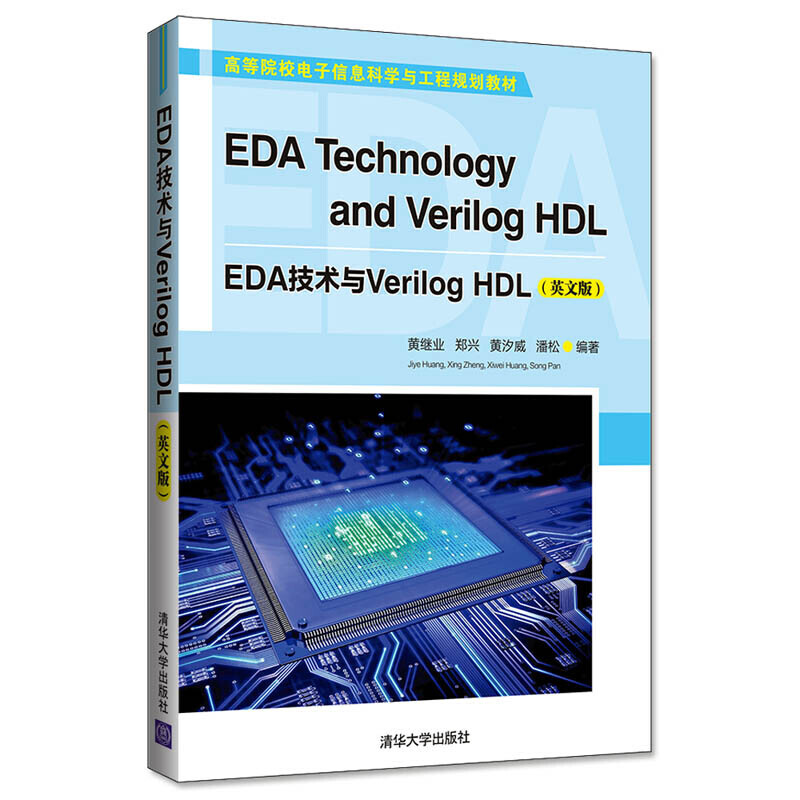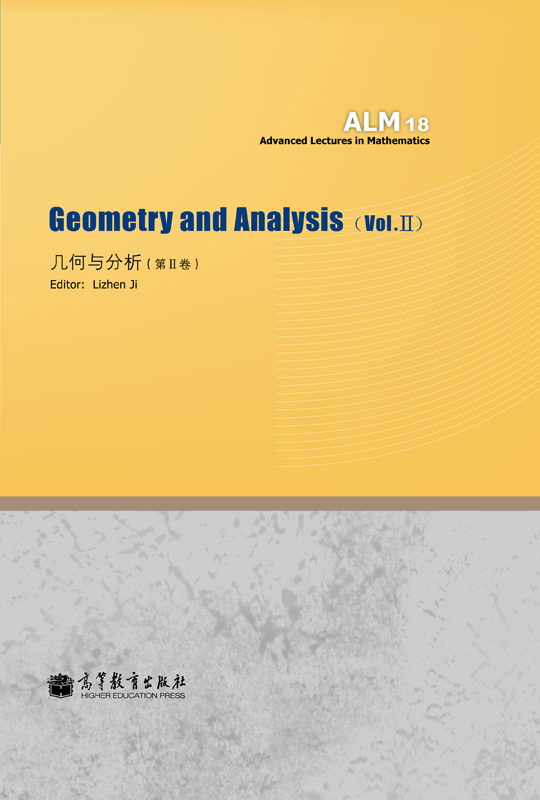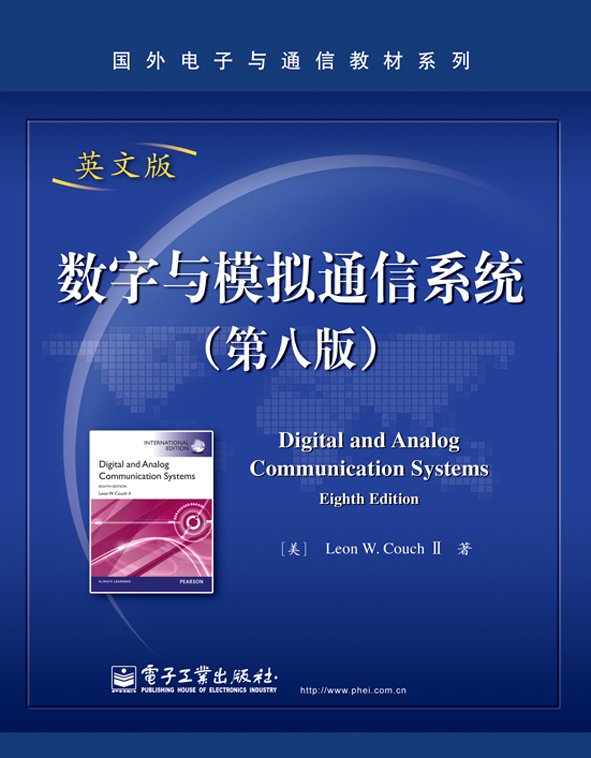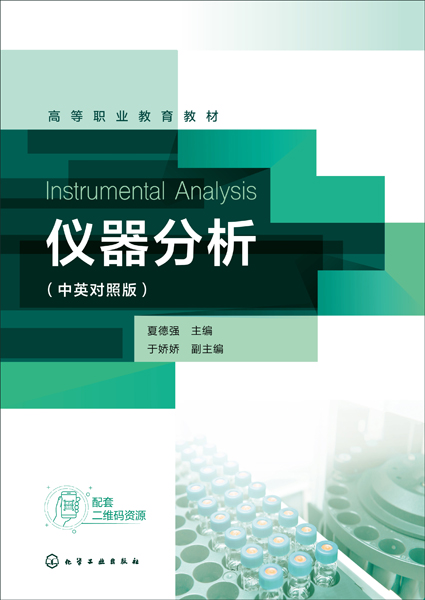EDA技术与Verilog HDL(英文版) / 高等院校电子信息科学与工程规划教材
作者: 黄继业,郑兴,黄汐威等
出版时间:2019-10
出版社:清华大学出版社
- 清华大学出版社
- 9787302539278
- 1-1
- 284111
- 61236317-6
- 平装
- 16开
- 2019-10
- 583
- 工学
- 电子信息类
- 电子信息与计算机
- 本科
《EDA 技术与 Verilog HDL (英文版)》 systematically introduces EDA technology and Verilog HDL. It well combines the basic knowledge, programming skills and practical methods of EDA technology and Verilog HDL with the actual engineering development technologies. According to the regulations and requirements of the classroom teaching and experimental operation in universities and colleges, and with the aim of enhancing the practical engineering design ability and independent innovation capability of students, the authors reasonably arrange the content of the whole book. The book is divided into seven parts: overview of EDA technology, syntax knowledge and practical technology of Verilog HDL, detailed usage of Quartus and IP module, design technology of finite state machine, 16/32-bit practical CPU design technology and innovative practical project, ModelSim-based Test Bench simulation technology and a large number of practical system design examples. Apart from a few chapters and sections, most of the chapters arrange the corresponding exercises and a large number of highly targeted experiments and design projects. All of the Verilog HDL examples enumerated in the book have passed through the compiling or hardware testing. 《EDA 技术与 Verilog HDL (英文版)》 can be used as the textbook or reference book for the subjects of electronics, computer, and automation, and can provide teaching PPT courseware, experimental source programs and demonstration videos and so on.
显示全部信息








